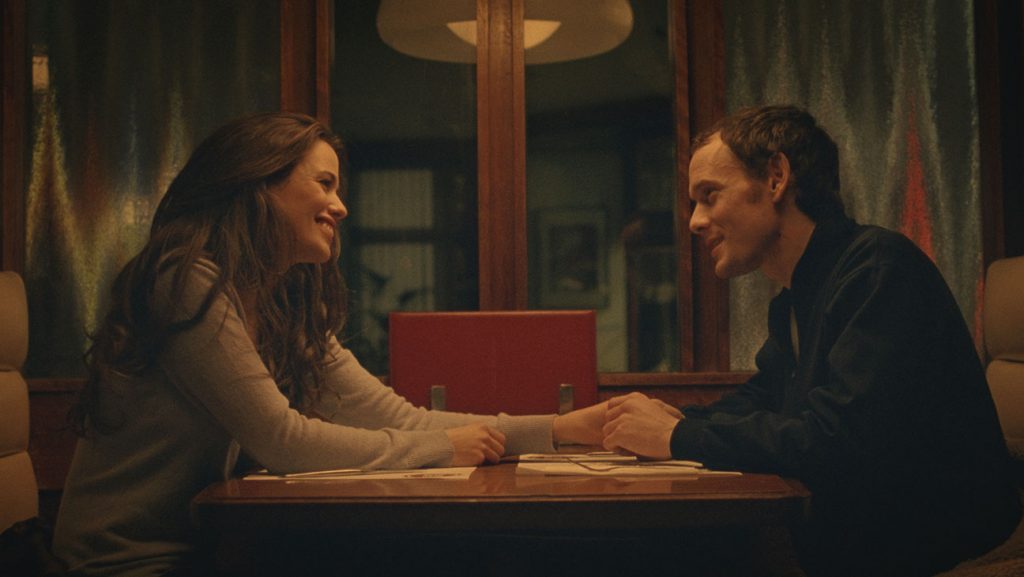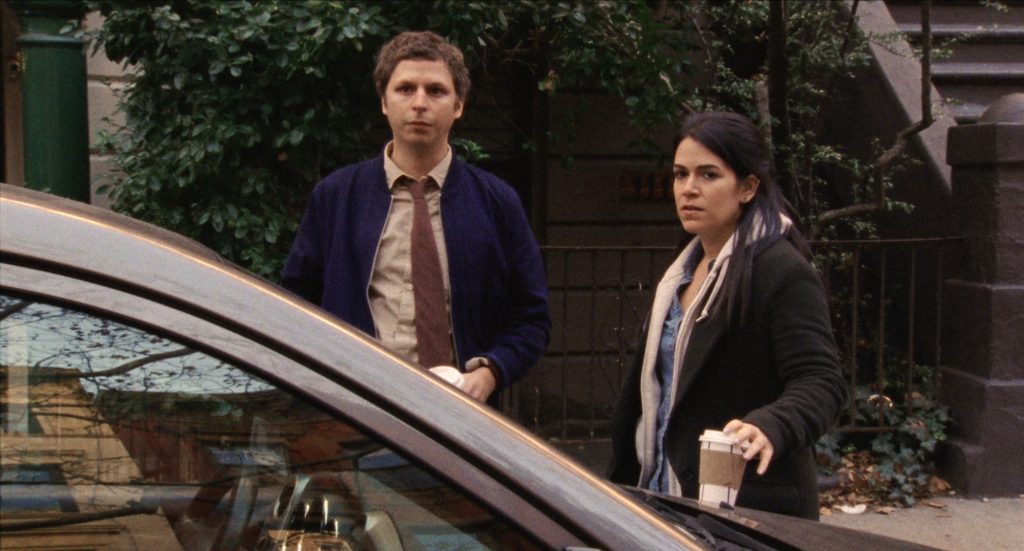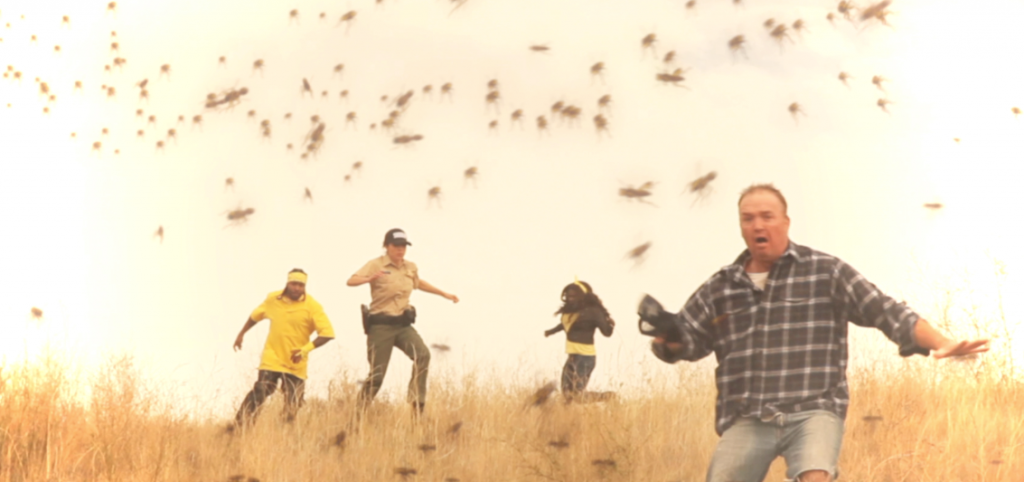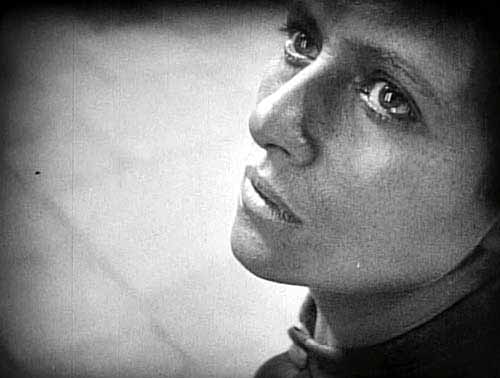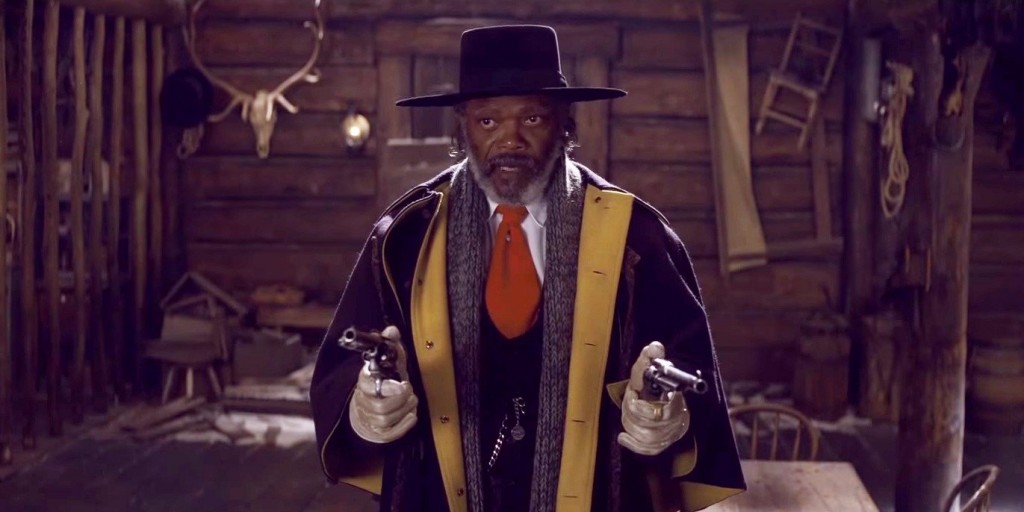Empty Passion, by Darrell Tuffs
10 Nov
What’s the one thing that could make or a break a bleak romantic drama focused on the unstoppable love of two despairing individuals? The answer… chemistry. Unfortunately for Gabe Kliger’s European art/indie feature Porto (2017), it had none.
It’s not that Porto is a bad film necessarily, indeed, I enjoy parts of its filmmaking very much. An inventive and considerate camera does its best to dissect the strangely incoherent and dreamscape world of the film. I even caught sight of a few early Truffaut/Godard style camera moves, shots that seemed to reminisce the film’s own appreciation for new wave works such as Jules and Jim (1962) or A Woman Is a Woman (1961). Technically, the film stands on its own, with just enough cinematic beauty and creativity to run its course. The problem is this… emotionally, Porto seemed to think I was way more invested in its character’s and narrative than I actually was.

